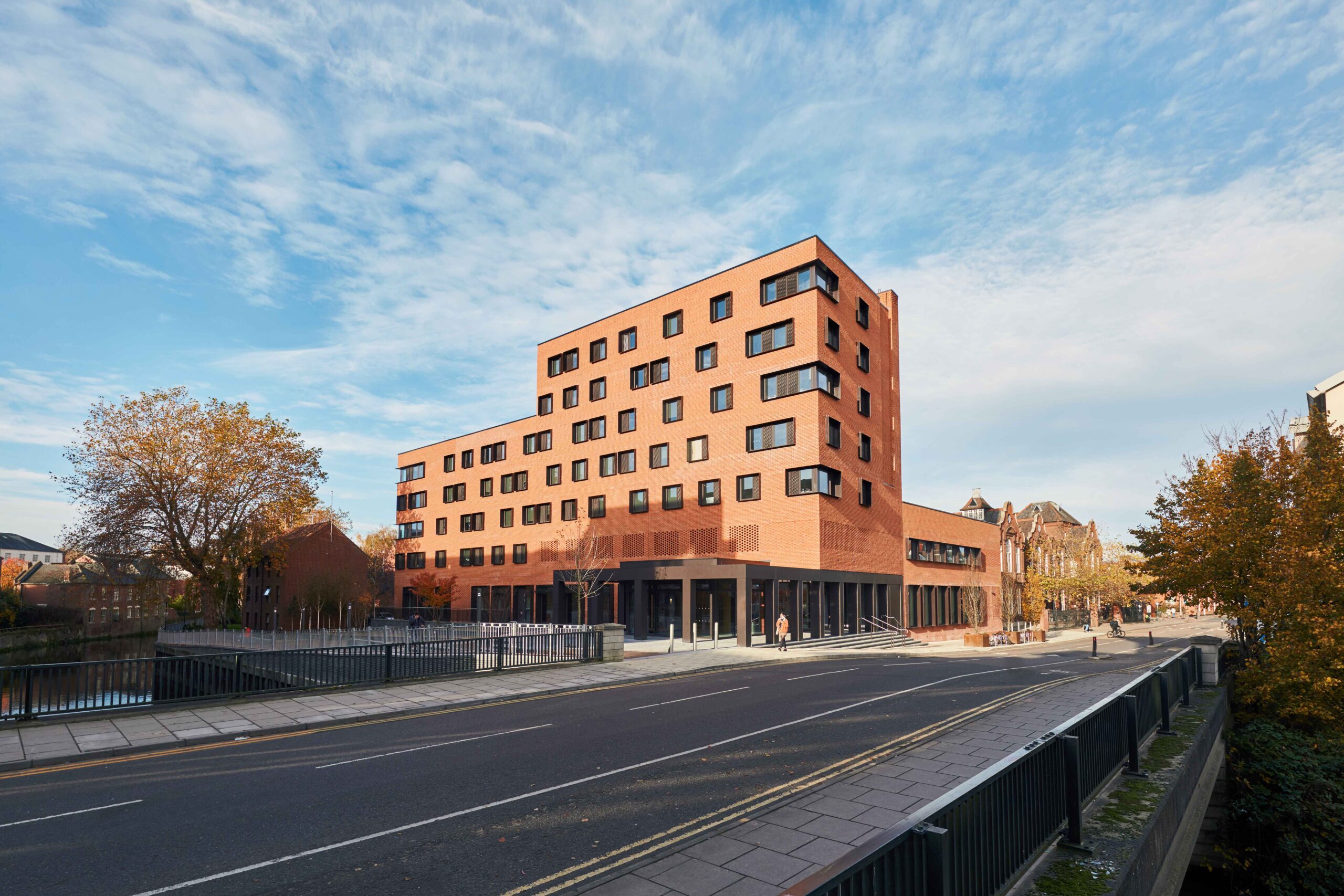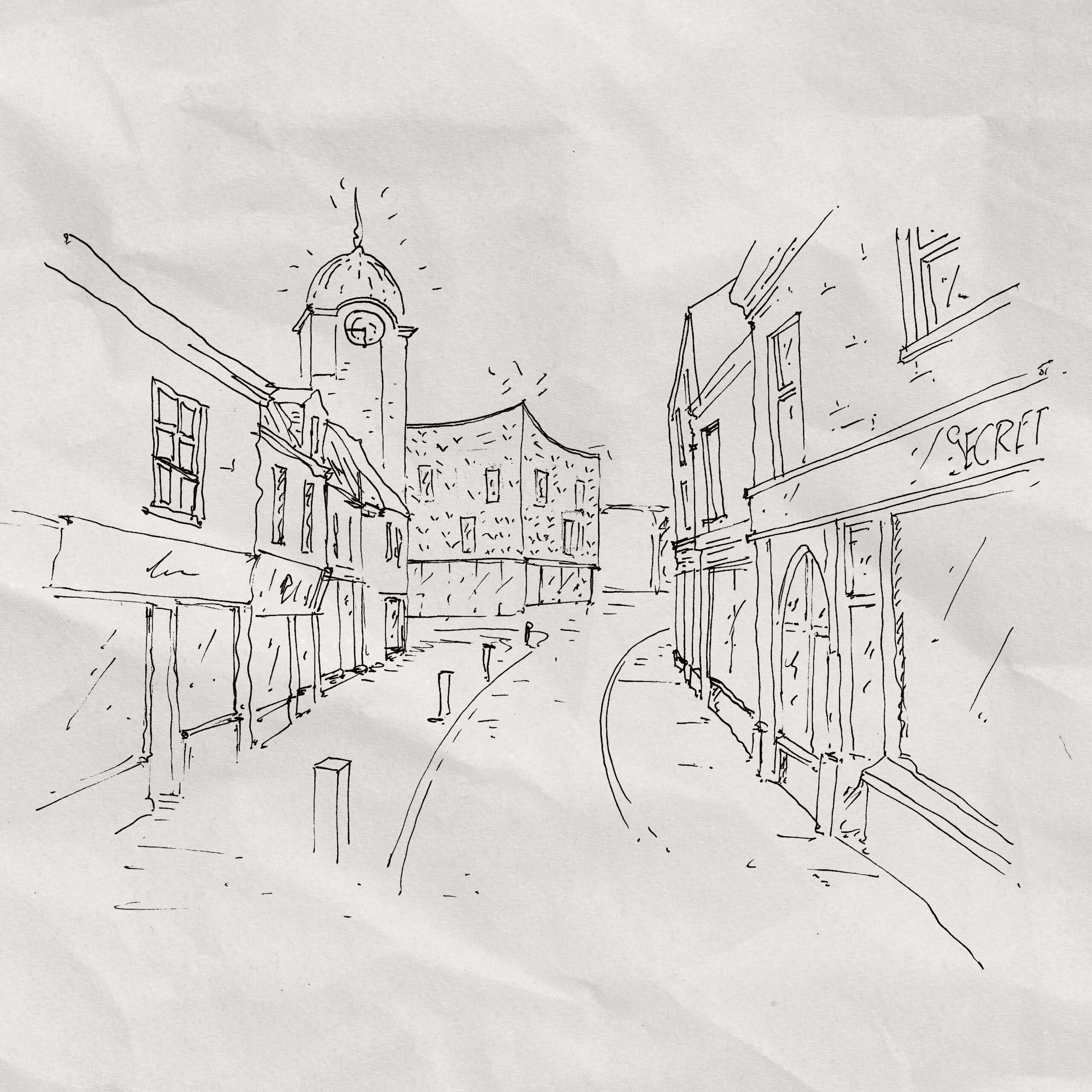One of Covid’s impacts has been to accelerate trends and changes already happening to where we live and work.
The obvious one being the continuing move to online retail and shopping from home, both virtually and locally with the concurrent demise of the high street. In business, it has been the move by a large proportion of the workforce to work remotely from home via video conferencing. Where we live and what the community provides has never been so important: it is being embedded in our living patterns. How many people will voluntarily commute to work five days a week when it has been shown they can effectively work from home for some of those days?
Of course, we will revert slightly when we get back to some sort of normal, but these trends are here to stay. Our living patterns are refocussed on where we live and the shops and places around us. Centres of cities and towns have had their life hollowed out, whereas residential suburbs have thrived, and this is reflected in changing rental values. For example, outer London boroughs have seen increases of between 2-6% whilst inner city ones have dropped up to a staggering 15%. It also shows how badly we have allowed our cities and towns to become overly focussed on retail and offices rather than a rich mixture of uses which must include a significant amount of living space: houses, housing, and outdoor areas. For example, Norwich, once England’s second city, currently has population within its medieval walls that is considerably less than it was in centuries past. If we had kept our residential populations in city centres with decent accommodation, we would have seen a more thriving city centre. A greater population would have been supported in all their day to day needs by bakeries, grocers, cafes, corner shops and others. But today these are not there or just cannot survive. Recognition on how the appropriate concentration of dwellings foster vibrant communities is seen in programs sponsored by cities such as Melbourne and Paris. These initiatives are variously known as the 20-minute neighbourhood or 15-minute city where most of people’s needs are met by shops, places to work, restaurants and pubs and other social spaces within these walking or cycling times. It means reduced car journeys: in short it means healthier lifestyles, higher wellbeing, lower carbon footprints and building resilient communities.
We must therefore repopulate our city centres otherwise they will die. But we also must provide the right type of accommodation: no more predominance of the investor backed one- and two-bedroom flats and houses. We need affordable family houses with adequate outside spaces and rooms that allow families to live with each other in a healthy way. No more taxing extra bedrooms – these are our future home offices. And no more inadequate living spaces or bedrooms which make it difficult for families to live together. We have some of the worse space standards in Europe which suggest we should legislate for a minimum. The government’s current proposals for permitted development rights encouraging more housing converted from other uses, though trying to bring people back into cities, will exacerbate this. Instead, what is required are Local Authorities taking a more proactive role in enabling a vibrant future for our high streets and city centres through intelligently repopulating them.
Covid has forced us to relook at the way we live. It is not that this is new, but it has given us a perspective on what is important in our lives. Spending hours commuting to work every day is not sensible or sustainable. We must refocus our attention back to the local and this is exactly what the 20-minute neighbourhood or 15-minute city does. If we don’t get this right, we will not only exacerbate the increasing difference between those that can afford this kind of neighbourhood and those that cannot but will also continue to lose life in our city centres.
Anthony Hudson, February 2021.
Anthony Hudson is the founding and creative director at Hudson Architects.


